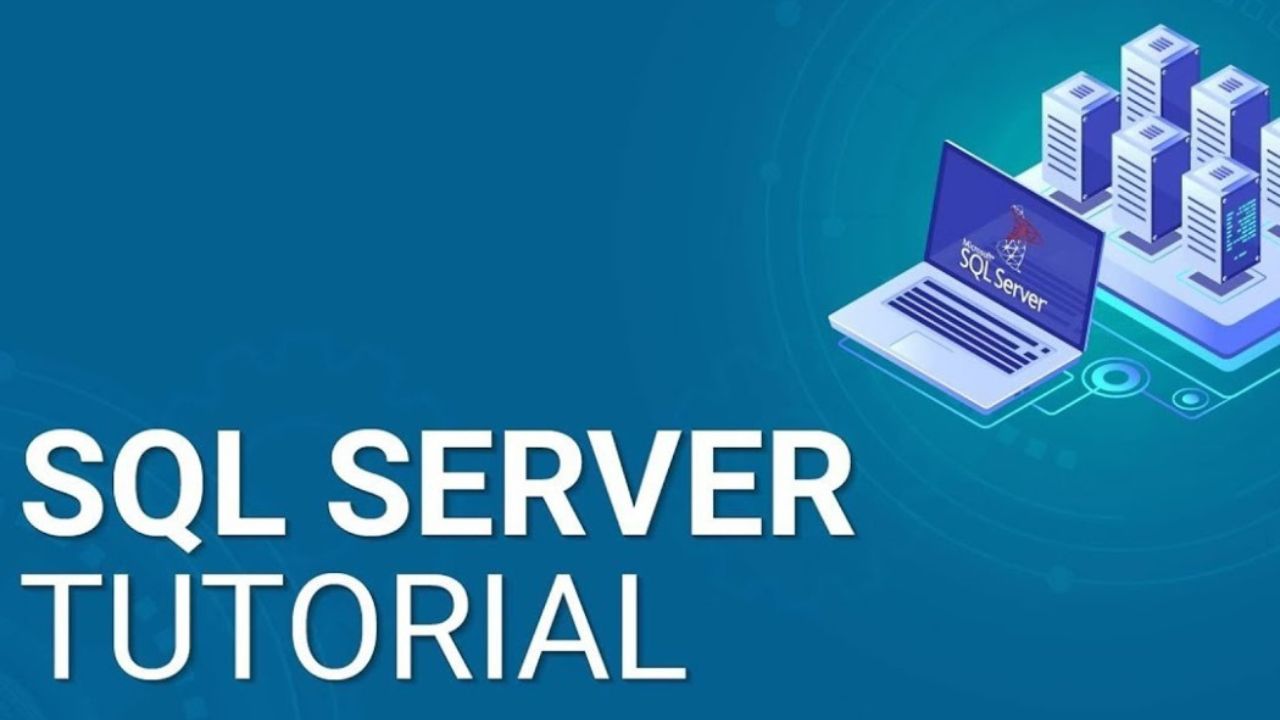
- by Team Handson
- November 8, 2024
A Step-by-Step SQL Tutorial for Beginners
If you’re completely new to SQL and databases, this guide is just for you. SQL might sound technical and intimidating at first, but once you break it down, it’s like learning how to ask questions and get answers from a giant spreadsheet. Let’s start from scratch and build up to more advanced concepts.
What Is SQL?
SQL stands for Structured Query Language. It’s used to interact with databases—basically, systems that store data in an organized way. Think of a database like a digital filing cabinet with lots of drawers (or tables). SQL helps you open those drawers, pull out the files you need, and even add or change what’s inside.
Learning SQL is super useful for many reasons:
- It’s simple and beginner-friendly.
- It’s used in almost every industry—marketing, tech, finance, healthcare, you name it.
- It’s an essential skill for data analysts, engineers, and anyone who works with information.
Step 1: Setting Up to Learn SQL
Before jumping into writing SQL, you need somewhere to practice. Here are a few options to get started:
Use Online Platforms: Sites like SQLZoo and W3Schools let you write and test SQL directly in your browser. This is the easiest way to start practicing without installing anything.
Install a Database Tool: If you want to dive deeper, install MySQL or PostgreSQL. These are free tools that let you create and interact with databases right on your computer.
Practice with Sample Data: Many tools come with built-in sample databases, like a “library” or “store” database, so you can practice with realistic examples.
Step 2: SQL Basics
Let’s look at the most basic commands you’ll use in SQL. These commands are like asking your database simple questions.
1. SELECT – Get Data from a Table
The SELECT command retrieves data. For example:
SELECT * FROM customers;
This shows you all the data in a table called customers.
2. INSERT – Add New Data
To add a new entry to your table, you use INSERT:
INSERT INTO customers (Name, Age, Email)
VALUES ('Alice', 30, 'alice@example.com');
3. UPDATE – Change Existing Data
Want to update someone’s age? Use the UPDATE command:
UPDATE customers
SET Age = 31
WHERE Name = 'Alice';
4. DELETE – Remove Data
If you need to delete a record, use DELETE:
DELETE FROM customers
WHERE Name = 'Alice';
Step 3: Organizing and Filtering Data
Once you know the basics, it’s time to make your queries more specific.
Filtering with WHERE
The WHERE clause lets you filter data. For example, show only customers older than 25:
SELECT * FROM customers
WHERE Age > 25;
Sorting with ORDER BY
To sort results, use ORDER BY.
Example: List customers from oldest to youngest:
SELECT * FROM customers
ORDER BY Age DESC;
Grouping with GROUP BY
If you want to group similar data together, use GROUP BY.
Example: Count how many customers are in each age group:
SELECT Age, COUNT(*)
FROM customers
GROUP BY Age;
Step 4: Advanced SQL
Now let’s explore some more advanced topics.
Joining Tables often, data is stored across multiple tables. Joining tables helps you combine them into one query.
Example: If you have a customers table and an orders table, you can join them like this:
SELECT customers.Name, orders.Product
FROM customers
INNER JOIN orders ON customers.ID = orders.CustomerID;
Subqueries
A subquery is a query within another query. For instance, find customers who spent over $1,000:
SELECT Name
FROM customers
WHERE ID IN (SELECT CustomerID FROM orders WHERE Amount > 1000);
Step 5: Practicing SQL
The only way to get better at SQL is by practicing. Here are some ideas:
Use Sample Databases: Try free databases like Chinook or Northwind for practice.
Create Your Own Database: Make a small project like tracking your personal expenses or cataloging a book collection.
Solve Challenges: Websites like LeetCode and HackerRank have beginner-friendly SQL problems to solve.
SQL Tips for Beginners
Start Small: Focus on basic queries and commands first before moving on to advanced topics.
Write Clean Queries: Format your SQL for readability.
Learn by Doing: The more you write and test queries, the more confident you’ll become.
SQL is a powerful and simple tool that anyone can learn. Start with basic commands like SELECT and INSERT, and gradually work your way to advanced concepts like joins and subqueries. Along the way, practice as much as you can, and don’t be afraid to make mistakes.





